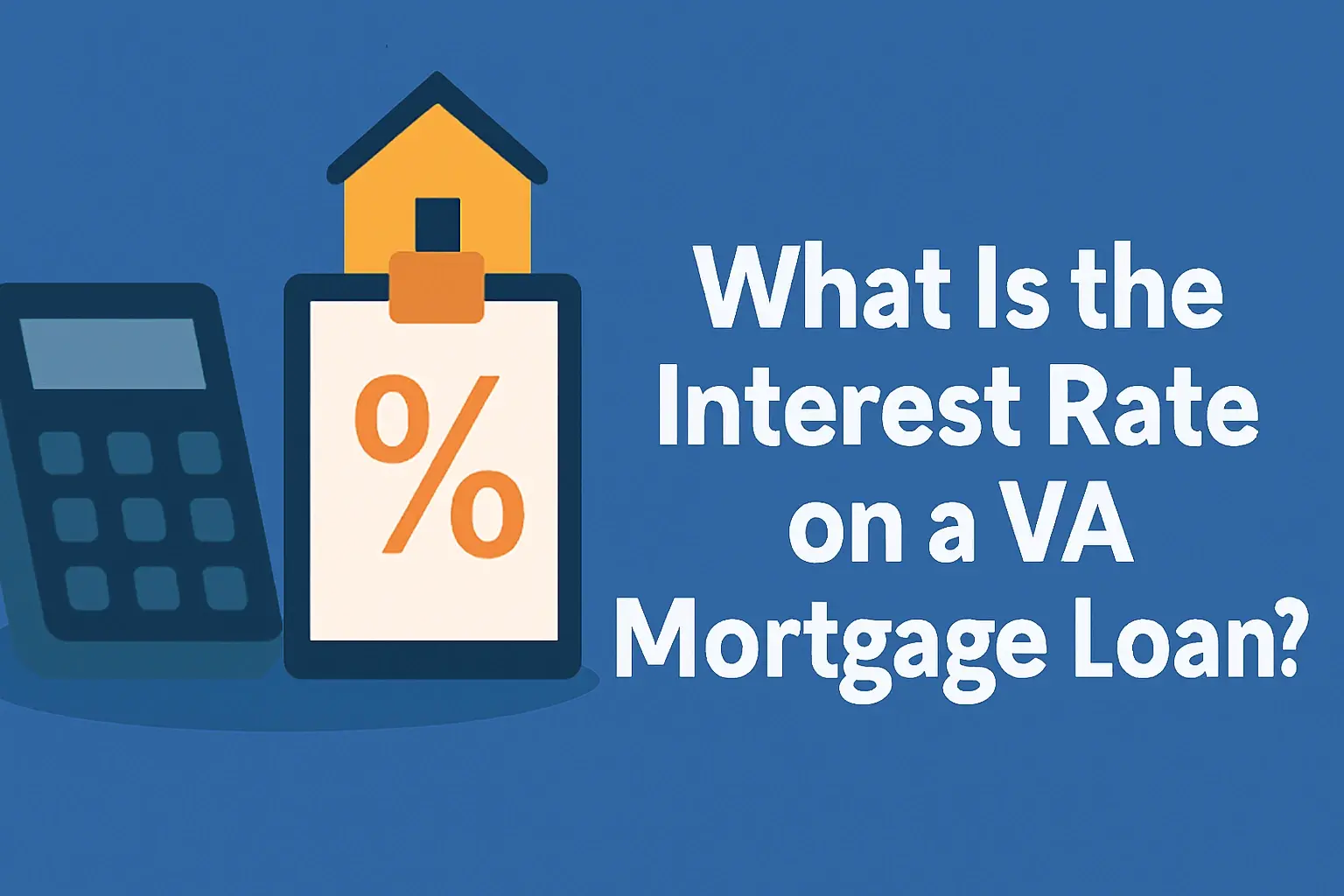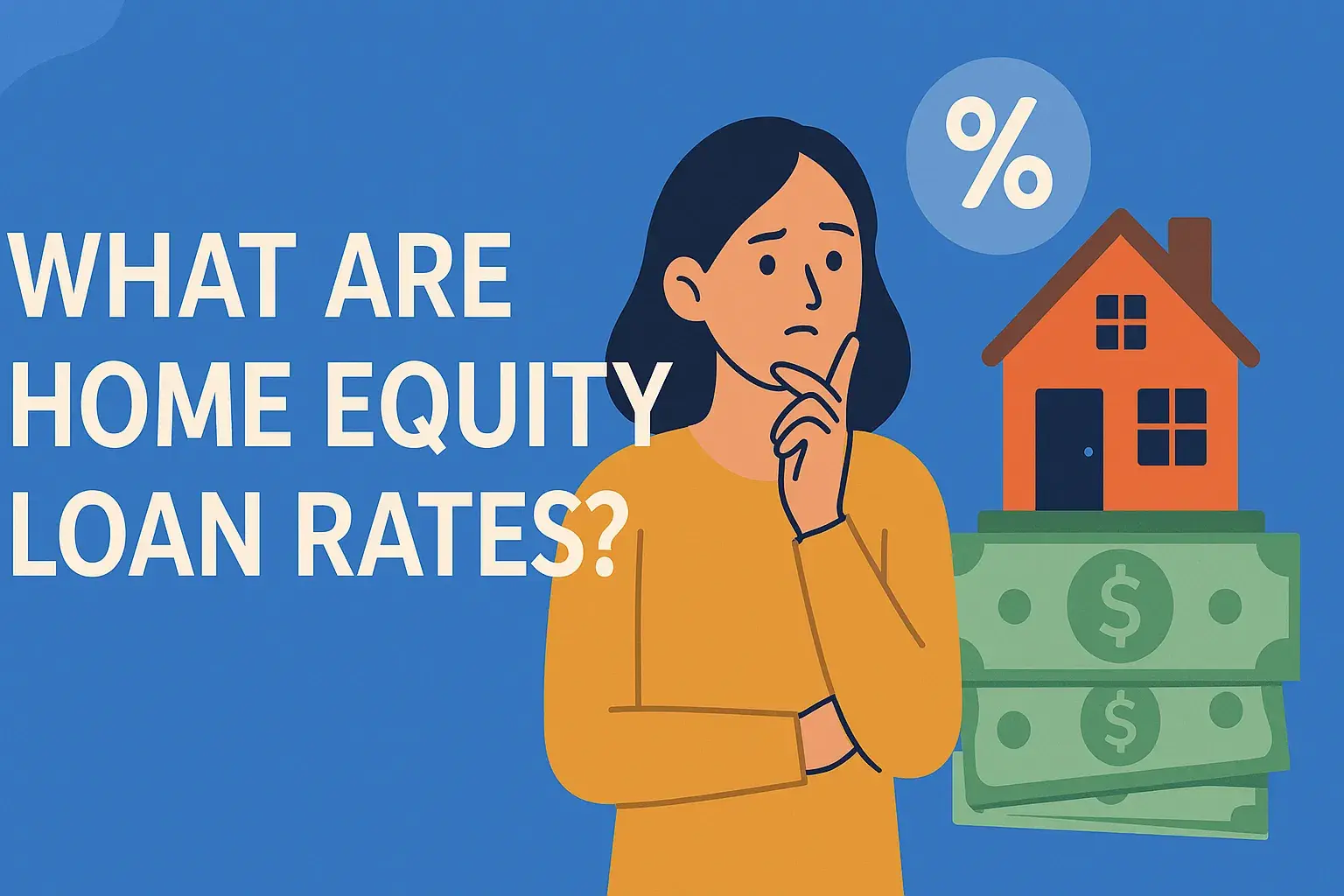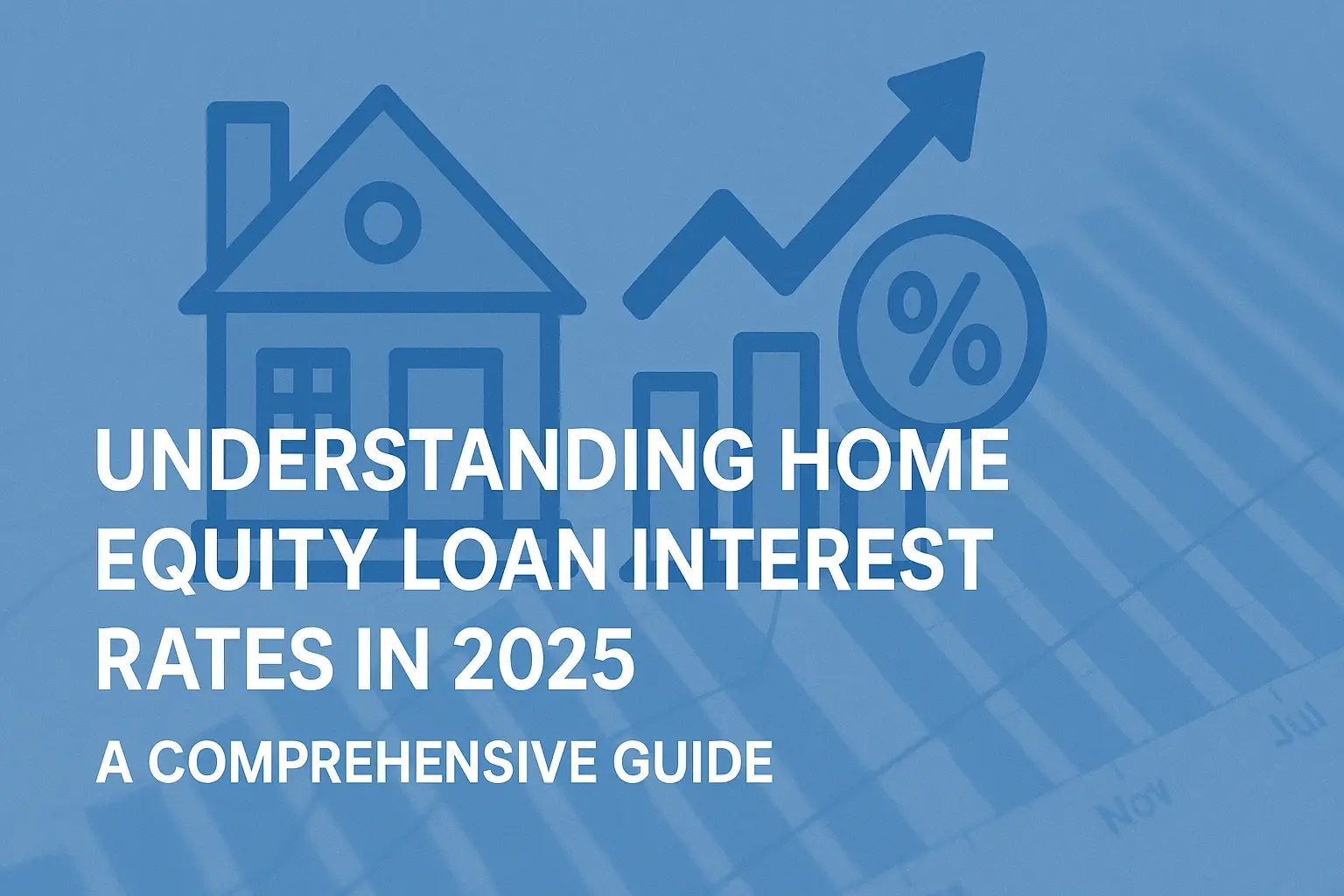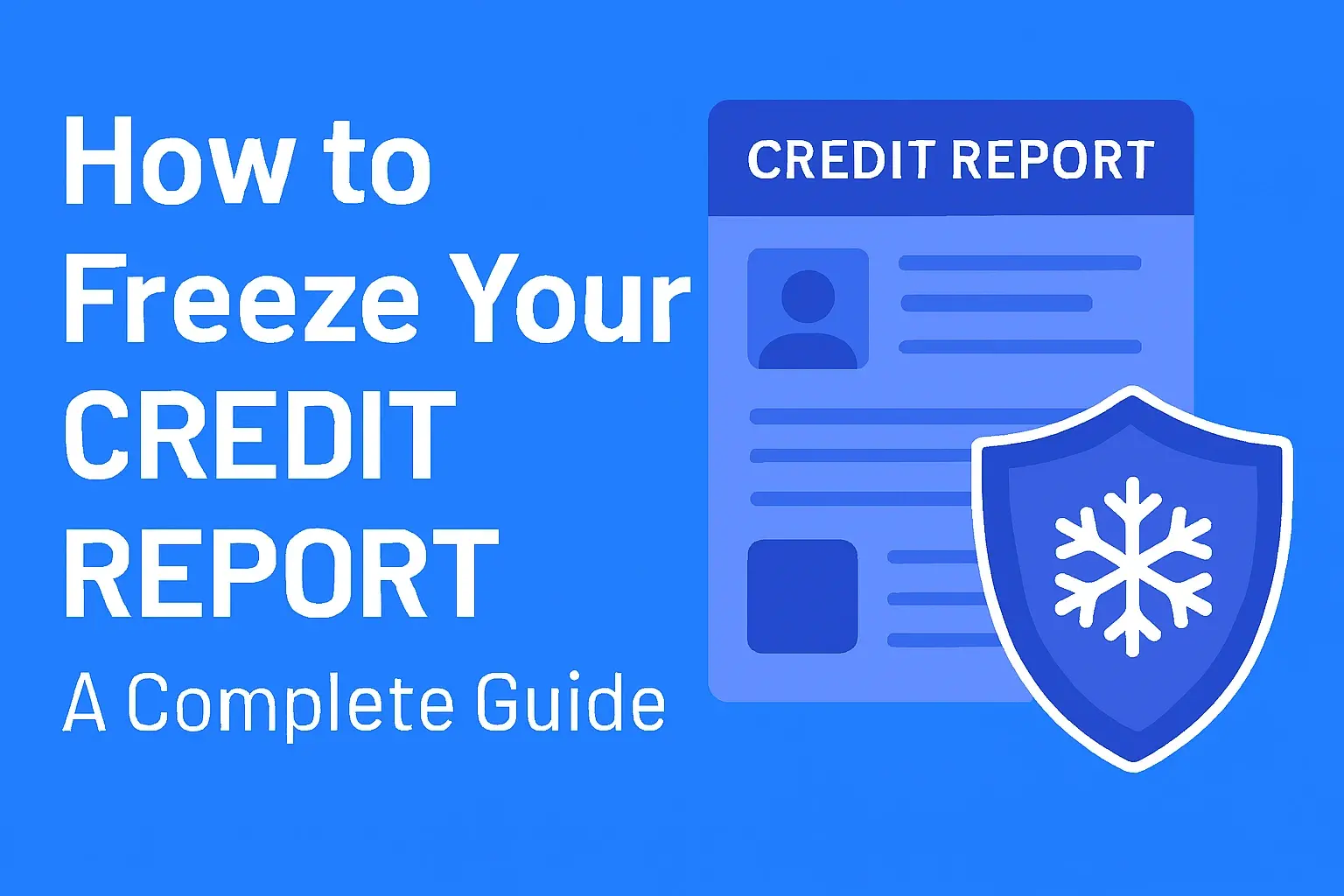-
Posted on: 23 Aug 2024

-
Buying a home is a significant financial decision, and understanding how much you can borrow is a crucial first step. Determining your potential home loan amount involves several factors, and this guide will walk you through each of them. We'll explore the key elements lenders consider, helping you estimate your borrowing power and navigate the home-buying process with confidence.
Key Factors Determining Your Home Loan Qualification Amount
Lenders evaluate your financial health to assess your ability to repay a mortgage. Several factors play a role in this evaluation. Here’s a breakdown of the most important ones:
1. Income and Employment History
Your income is a primary factor in determining how much you can borrow. Lenders want to see a stable and consistent income stream. They typically look for at least two years of employment history in the same field. Salaried employees will typically provide pay stubs and W-2 forms, while self-employed individuals will need to provide tax returns for the past two years.
Lenders will also consider the stability of your income. Have you been at the same job for a long time? Are you likely to remain employed in the near future? These are important considerations. Income from sources other than employment, such as investments or rental properties, can also be considered, but will often require more documentation and may be subject to specific guidelines.
2. Credit Score and Credit History
Your credit score is a numerical representation of your creditworthiness. It reflects your history of paying bills and managing debt. A higher credit score generally translates to lower interest rates and more favorable loan terms.
Lenders typically use credit scores from the three major credit bureaus: Equifax, Experian, and TransUnion. Aim for a credit score of 740 or higher to qualify for the best interest rates. A score between 680 and 739 is considered good, while a score below 620 may make it difficult to secure a mortgage or may result in higher interest rates. Check your credit report regularly and address any errors or discrepancies.
Your credit history is also crucial. Lenders want to see a history of responsible credit use. This includes timely payments on credit cards, loans, and other obligations. Avoid late payments, defaults, and bankruptcies, as these can negatively impact your credit score and your ability to qualify for a mortgage.
3. Debt-to-Income Ratio (DTI)
Your debt-to-income ratio (DTI) is the percentage of your gross monthly income that goes toward paying debts. This is a critical factor for lenders because it indicates how much of your income is available to cover your mortgage payments.
To calculate your DTI, add up all your monthly debt obligations (including credit card payments, student loans, car loans, and other debts) and divide that total by your gross monthly income (before taxes). For example, if your monthly debt obligations are $2,000 and your gross monthly income is $6,000, your DTI is 33.3%.
Lenders generally prefer a DTI of 43% or less. However, some loan programs may allow for higher DTI ratios, especially for borrowers with strong credit scores and down payments. Lower DTI ratios demonstrate a greater ability to manage your debt and afford mortgage payments.
4. Down Payment
The down payment is the amount of money you pay upfront when purchasing a home. It's a percentage of the home's purchase price. A larger down payment generally means a lower loan amount, lower monthly payments, and potentially better interest rates.
The standard down payment is often considered to be 20% of the purchase price, however, many loan programs allow for lower down payments, even as low as 3% or even 0% in some cases. Lower down payments may require private mortgage insurance (PMI), which protects the lender if you default on the loan. PMI is an added monthly expense. Saving for a larger down payment can help you avoid PMI and potentially qualify for a lower interest rate.
5. Loan Programs
Various loan programs cater to different borrowers and financial situations. Understanding the available options is crucial in determining how much you can borrow.
a. Conventional Loans
Conventional loans are not insured or guaranteed by the government. They typically require a higher credit score and a larger down payment. Conventional loans are often the best option for borrowers with strong credit and ample savings.
b. FHA Loans
FHA (Federal Housing Administration) loans are insured by the government and are designed for borrowers with lower credit scores and smaller down payments. FHA loans often have more lenient qualification requirements but typically require mortgage insurance premiums (MIP) for the life of the loan.
c. VA Loans
VA (Department of Veterans Affairs) loans are guaranteed by the government and are available to eligible veterans, active-duty military personnel, and surviving spouses. VA loans often require no down payment and offer competitive interest rates. They also typically do not require private mortgage insurance.
d. USDA Loans
USDA (United States Department of Agriculture) loans are available to borrowers purchasing homes in eligible rural areas. USDA loans are guaranteed by the government and often require no down payment. They are designed to promote homeownership in rural communities.
6. Mortgage Rates
Mortgage rates fluctuate based on economic conditions and market trends. The interest rate you secure on your mortgage directly impacts your monthly payments and the total cost of your loan. Even small changes in interest rates can significantly affect the amount you can afford to borrow.
Keep an eye on current mortgage rates and shop around for the best deal. Compare rates from different lenders and consider factors such as loan fees and points. Working with a mortgage broker can help you find the most competitive rates and terms.
Estimating Your Borrowing Power
While the factors above provide a comprehensive overview, estimating your specific borrowing power requires more detailed analysis. Here are some tools and strategies to help you:
1. Mortgage Calculators
Online mortgage calculators can provide a quick estimate of how much you can afford based on your income, debt, down payment, and credit score. These calculators allow you to experiment with different scenarios and see how changes in these factors affect your borrowing power. Many lenders and financial websites offer free mortgage calculators.
2. Pre-Approval
Getting pre-approved for a mortgage is the best way to determine your actual borrowing power. Pre-approval involves submitting your financial information to a lender for review. The lender will then provide a conditional approval, specifying the maximum loan amount you qualify for and the estimated interest rate.
Pre-approval demonstrates to sellers that you are a serious buyer and can give you a competitive edge in the home-buying process. It also helps you narrow your home search to properties within your budget.
3. Working with a Mortgage Professional
A mortgage professional can provide personalized guidance and support throughout the home-buying process. They can assess your financial situation, explain the different loan options available, and help you determine the right loan amount for your needs.
Mortgage brokers work with multiple lenders and can help you find the best rates and terms. Loan officers work directly for a specific lender and can provide expert advice on their loan products.
Tips to Increase Your Home Loan Qualification Amount
If you find that you don't qualify for the loan amount you need, there are steps you can take to improve your chances in the future:
- Improve Your Credit Score: Pay bills on time, reduce credit card balances, and correct any errors on your credit report.
- Lower Your DTI: Pay down debt, avoid taking on new debt, and consider increasing your income.
- Save for a Larger Down Payment: The more you save, the less you need to borrow.
- Explore Different Loan Programs: Consider FHA, VA, or USDA loans, which may have more lenient qualification requirements.
- Postpone Large Purchases: Avoid buying a new car or making other significant purchases before applying for a mortgage.
Conclusion
Determining how much home loan you can qualify for is a complex process that involves evaluating your income, credit score, debt-to-income ratio, down payment, and loan program options. By understanding these factors and taking steps to improve your financial profile, you can increase your borrowing power and achieve your homeownership goals. Take advantage of online resources, seek pre-approval, and work with a mortgage professional to navigate the home-buying process with confidence.








